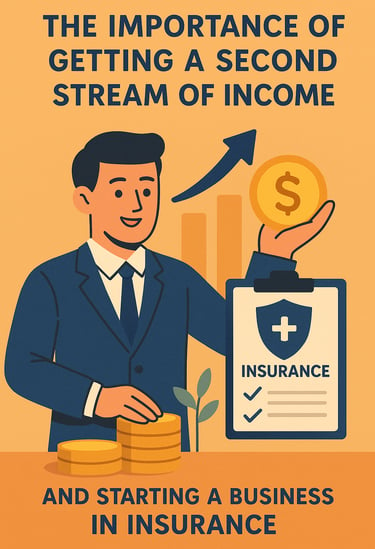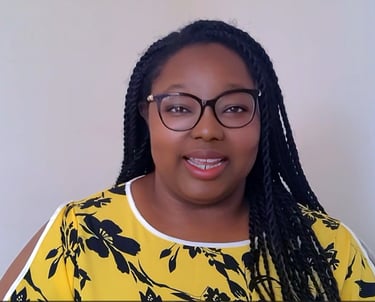The Savvy Way to Manage Your Money in Canada
We're dedicated to helping you keep more of your money with practical tips, smart savings strategies, and trusted financial advice. Our content is designed to guide you every step of the way. You’ll find money advice you can trust: simple, honest, and tailored for Canadians.
Where Every Dollar Counts
Our educational content is designed to enhance financial literacy, helping our clients understand key concepts and strategies that can lead to better financial decisions. Additionally, we provide a wealth of resources—from articles and guides to tools that simplify budgeting and investing. Whether you’re looking to manage debt, save for retirement, or explore insurance options, we're here to support you every step of the way. Together, we can build a secure financial future and enable you to pave the way for long-term success. Join us and take control of your financial destiny today!


Your Trusted Financial Partner
Guiding You to Success
Under the guidance of Awa Sow, our team is committed to providing personalized consultations, informative blog posts, and essential resources to help you navigate your financial landscape and secure your future. We believe that everyone deserves a tailored approach to their financial journey, ensuring that each individual receives the support they need. By empowering you with knowledge and tools, we aim to build a sustainable financial foundation for you and your family so you can reach financial freedom.
One job is no longer enough
Join my team and build your own success
What if, instead of working your whole life for someone else, you built something for yourself? An activity that not only allows you to earn more, but also to have a positive impact on the lives of others?
Why traditional employment is no longer enough
Let's be honest. Most people work long hours for a salary that barely covers expenses. Between rent, bills, gas and food, there isn't much left to invest, travel or even enjoy life.
And what's even more frustrating? It’s that no matter how hard you work, you always make someone else rich. Your boss, his company… but never yourself.


Our Services
Explore our expert financial advice, educational content, and personalized services for your financial journey.
Financial Advisor


Get personalized advice from Awa Sow, your trusted financial advisor in Canada.




Insurance Quotes
Receive competitive insurance quotes tailored to your needs and budget for peace of mind.
Access our digital store for valuable resources and tools to enhance your financial knowledge.
Digital Products
Awa really helped me understand my money better. Her advice was clear and easy to follow. It made a big difference in how I plan for the future. For the first time, I feel hopeful about being able to retire one day
Aminata S.


★★★★★

Get a free quote
Get in touch to get a free quote or for personalized financial advice and support.
Save More. Stress Less.
Empowering Canadians with financial education and resources.
Support
info@thecanadiansaver.com
1-780-851-5784
© 2025. All rights reserved.
